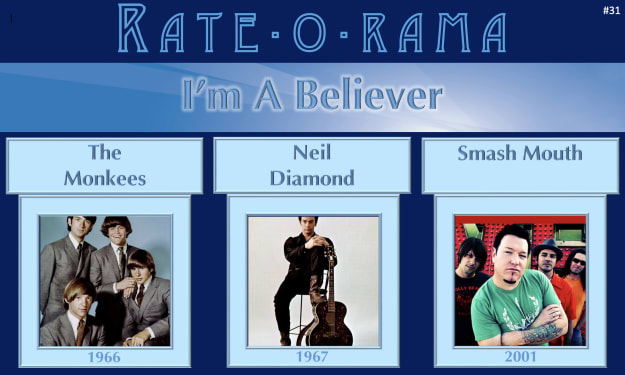
I've done noise and experimental, avant-garde recordings, off and on, for about eighteen years. Curiously, I know very little about the genre; never been to a strictly noise "noise show," never put out an "official release", or lathe, played a gig, and only know most fellow noise and musique concrete artists through the internet forums and "tape trading." I hear things intermittently when I'm in the mood--mostly I listen to punk from thirty years ago.
Having said that, I will say, Shaun Robert, as a purveyor of the genre of experimental music (a near obsessive one it seems, considering the vast array of comps and the huge output he accomplishes) is heads above many. In a genre that is sort of overflowing with material--as Boyd Rice observed during an interview once, "It's hard to get a kind of forward progression with anything like noise," Shaun doesn't do pure noise I take it. (Or he may and I may have just not heard those recordings yet.) Instead, he operates in the tradition of Pierre Schaeffer and Pierre Henry, music crafted hauntingly from the environmental sounds around us, the spaces that occupy our aural landscape, redefining what those sounds mean, redefining what music IS.
This release, as "Mutant Beatniks," is as haunting, as dark, and as inscrutable as anything proffered by the Two Pierres, if not more so. Shaun, along with musicians Victoria Clark and Frank Wright, takes the audio detritus from the landscape of modern, dystopian living. Capturing that hidden, in-between music, he amplifies the resonance of it, until it creates a mental space between our ears that blossoms into an alternate world. The bloops and bleeps, drones, buzzes and scratches and scrapes are collaged and manipulated until they create a tapestry of inscrutability, offering us not a mystery as to their origin (they do that, too), but also as to what type of audio spellcasting he's engaging in here--this stuff puts you in another place. It's hardly just a collection of sounds captured on microcassettes. It's an exploration of what an artist can do using the sonic palette as his jumping-off point for an exploration of a psychic game--or rather, one played in the recesses of the subconscious with sound redefined and open to the interpretation of the listener, which may conjure quite a different world from where these frequencies originated from.
We are assaulted daily by sound--we scarce realize from where it emerges, and take no heed. Subliminally, we are overflowing with the stark reality of the modern world--Luigi Russolo observed that "nature is silent."
But modern man lives and breathes and suffocates in sound--electronic, mechanical, advertising slogans, jingles, the bloops and bleeps and whirrings and grindings and honkings and on and on--the landscape of his ears that effects the mind, that defines for us our environmental reality. The art of musique concrete, gives rise to, as Russolo said, the ever-emerging possibility of "noise sound", a place where the "most strange and harsh dissonances" form the "new music," the redefined orchestrations. Rimbaud might have called it "a symphony of Hells." Merzbow, an entirely different sort of poet, said that he "wanted to use my noise to destroy the so-noisy Japanese."
Either way, an artist that relies on the ephemera and detritus of the modern world to craft and mold and sculpt something new with it, something emotionally engaging, is doing something not only admirable, but something which defines what art is; or, at least, SHOULD BE: an attempt to break free from the workaday constraints of the conventional paradigm. Whether that artist uses billboard slogans, cut-ups of advertising and newsprint, manipulated audio, or whatever medium, that artist is engaging, on some level, in a revolutionary act, an alchemical act; transforming the sterile, opening a doorway, beautifying the cinderblock of Twenty-first Century reality; expropriating the banal and dull and switching polarities, until it is thrown back against itself in a wave.
Obviously, it is impossible to "review" an album like this--by what standard can it be judged? It is not like a pop song or a piece of conventional music. It is an exploration, not a commodity. (But then, in a sense, everything in modern life, including human bodies and souls, is now a commodity.)
It's been an hour, and I'm still listening. And it has changed the course of the day.
Love and napalm.
About the Creator
Tom Baker
Author of Haunted Indianapolis, Indiana Ghost Folklore, Midwest Maniacs, Midwest UFOs and Beyond, Scary Urban Legends, 50 Famous Fables and Folk Tales, and Notorious Crimes of the Upper Midwest.: http://tombakerbooks.weebly.com






Comments (1)
Fascinating. Thanks for sharing this with us, especially the "clip" (can 59 minutes really be considered a clip?) you included. It's difficult to ignore or turn from, since I'm constantly wondering what comes next.